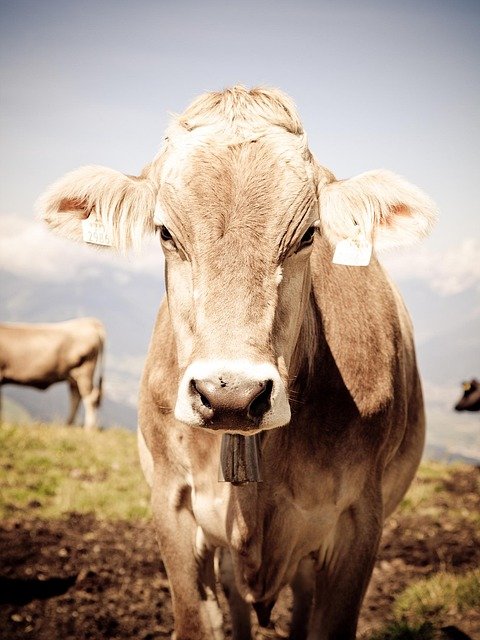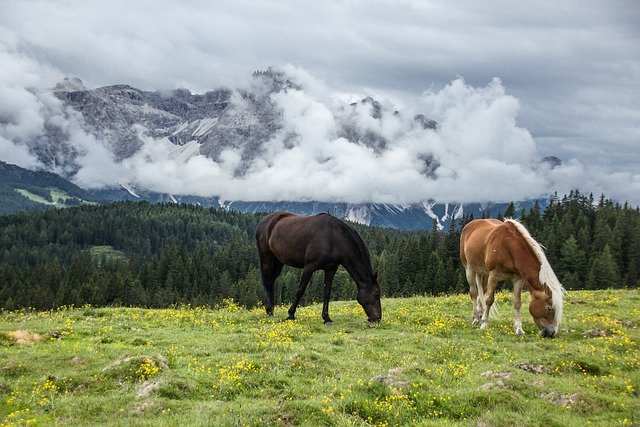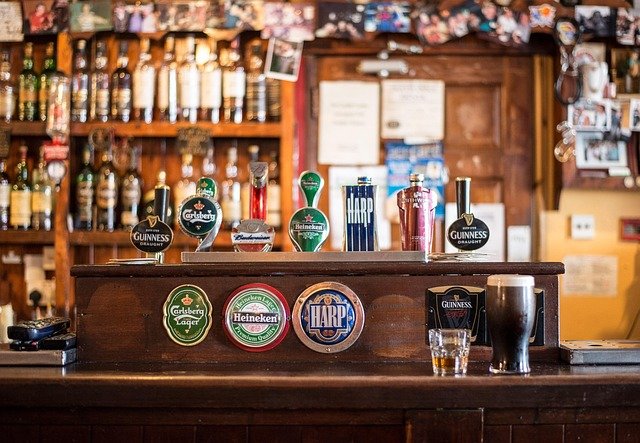As autumn approaches, Switzerland's alpine regions come alive with the vibrant tradition of cattle descent, known locally as "Alpabzug" in Swiss-German and "désalpe" in French. This annual event marks the return of cattle from the high mountain pastures to the valleys below, blending centuries-old customs with contemporary celebrations. It's a time when communities gather to honor their agricultural heritage, enjoy local delicacies, and immerse themselves in the breathtaking alpine landscapes.
The Cattle Descent: A Living Heritage
The tradition of guiding cattle down from the alpine meadows has been a cornerstone of Swiss culture for centuries. Historically, this practice, known as transhumance, was essential for managing livestock and ensuring the sustainability of alpine farming. The descent signifies the end of the summer grazing season, with herders leading their decorated herds back to the valley farms. This ritual not only reflects the deep connection between the Swiss people and their land but also serves as a communal celebration of a successful season. (myswitzerland.com)
The Best Swiss Alpine Pastures for a Gourmet Stroll
For those eager to experience this tradition firsthand, several alpine regions stand out for their festive cattle descents:
-
Engelberg, Obwalden: In late September, Engelberg hosts a lively descent where cows adorned with floral crowns parade through the village, accompanied by a regional farmers' market. (lebijou.com)
-
Urnäsch, Appenzell Ausserrhoden: Mid-September sees Urnäsch come alive with a traditional descent featuring children leading goats, followed by dairy farmers in traditional attire, and a festival with local cheese tasting and farmers' market. (lebijou.com)
-
Charmey, Fribourg: In late September, Charmey celebrates the return of dairy herds with farmers in elaborate folk costumes, decorated herds, and a lively festival of alphorn music, yodelling, and a market of local specialties. (lebijou.com)
Essential Stops at Local Markets and Stalls
During these festivities, local markets and stalls become hubs for culinary delights. Visitors can savor traditional Swiss cheeses, freshly baked breads, and artisanal products. Engaging with local vendors offers a glimpse into the region's rich agricultural practices and provides an opportunity to purchase authentic souvenirs. (theswisstimes.ch)
Culinary Specialties Not to Miss During Alpine Strolls
The alpine descents are a gastronomic journey in themselves. Specialties such as "Alpkäse" (alpine cheese), "Salsiz" (air-dried sausage), and "Nusstorte" (nut cake) are commonly enjoyed. These dishes reflect the flavors of the alpine meadows and the traditional methods of Swiss cuisine. (theswisstimes.ch)
Practical Tips for Planning Your Gourmet Stroll in September
To make the most of your alpine descent experience:
-
Equipment: Wear comfortable hiking boots and layered clothing suitable for changing weather conditions.
-
Timings: Check local schedules for specific descent dates and associated events.
-
Reservations: Some events may require prior booking, especially for guided tours or special activities.
-
Local Etiquette: Engage respectfully with local communities and traditions.
Activities and Animations Around the Alpine Pastures During Transhumance
Beyond the cattle descents, these events often feature cultural activities such as yodelling, alphorn music, and traditional dances. Workshops on cheese-making and demonstrations of alpine farming techniques provide deeper insights into the region's heritage. (theswisstimes.ch)
Hiking Routes Suitable for All Desires and Levels
The alpine regions offer a variety of hiking trails that cater to different skill levels. From leisurely walks through picturesque meadows to challenging mountain hikes, there's something for everyone. Many trails are well-marked and provide stunning views of the surrounding landscapes.
Where to Stay to Fully Enjoy the Festivities and Landscapes
Accommodations range from cozy mountain huts to luxurious hotels. Staying in or near the event locations allows for easy access to festivities and the opportunity to immerse yourself in the local culture. Booking in advance is recommended, especially during peak festival times.
Testimonials and Experiences from Visitors During Gourmet Strolls
Visitors often share stories of the warm hospitality of the Swiss people, the joy of tasting fresh alpine products, and the awe-inspiring beauty of the landscapes. Many recount the unique experience of witnessing the cattle adorned with floral crowns and the festive atmosphere that permeates the villages.
Respecting Nature and Traditions During Your Visit
To ensure a respectful and sustainable visit:
-
Stay on Marked Trails: Protect the delicate alpine environment by sticking to designated paths.
-
Support Local Economies: Purchase goods from local artisans and farmers to contribute to the community.
-
Cultural Sensitivity: Learn about and honor local customs and traditions.
-
Environmental Responsibility: Dispose of waste properly and minimize your ecological footprint.
By embracing these practices, visitors can enjoy the alpine descents while preserving the traditions and natural beauty of Switzerland.




 Français
Français
 English
English
 Deutsch
Deutsch
 Italiano
Italiano